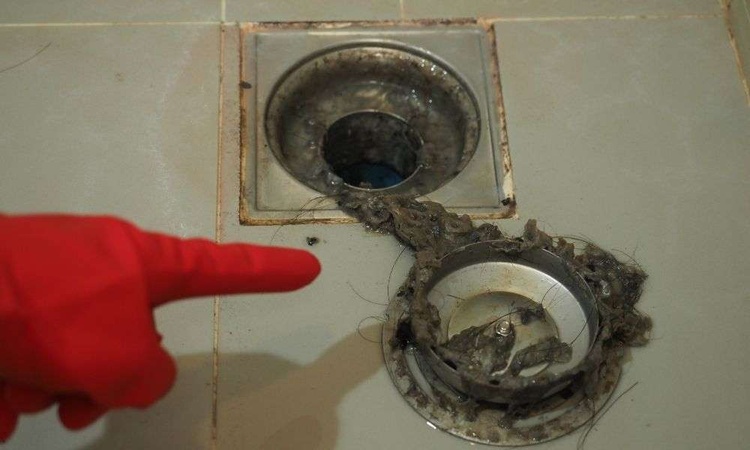Towel Heater Guide for Bathroom Use and Maintenance
A towel heater can be a practical addition to a bathroom, offering warm, dry towels after a shower and helping reduce humidity that fosters mildew. This guide explains how towel heaters work, how to choose and install one, safety and maintenance considerations, and how a heated towel rack can fit into everyday shower routines. Advice here is factual and designed for general use.

How does a towel heater work?
A towel heater typically warms metal bars or a rack to dry towels and supply gentle radiant heat. Two common systems are electric and hydronic. Electric models use a heating element or low-wattage electric wires integrated into the unit; they run independently from the home’s central heating. Hydronic towel heaters connect to a central boiler or hot-water loop and use circulating warm water to heat the rack, similar to a radiator. Both types aim to balance steady, moderate heat with energy efficiency and safe surface temperatures.
A heated towel rack is designed to stay warm rather than hot, reducing burn risk but still evaporating moisture. Many electric models have timers or thermostats that limit runtime and power draw. Hydronic units may require professional plumbing connections but can integrate with existing systems to provide continuous, low-cost warmth in homes with boiler setups. Choosing the right system depends on existing infrastructure and intended use patterns.
Choosing a bathroom heater type
When selecting a bathroom heater, consider the size of the bathroom, ventilation, and how frequently towels need drying. Wall-mounted heated towel racks are common in small bathrooms because they save floor space. Freestanding options suit larger areas or situations where wiring or plumbing is undesirable. Some units include supplemental heating elements to warm the room as well as towels; others are primarily for towel drying and mild radiant warmth.
Material and finish matter for corrosion resistance and aesthetics. Stainless steel and chrome-plated mild steel are typical choices, offering durability in humid bathroom environments. Check IP ratings for moisture protection if the unit will be installed close to the shower or bath. If integrating with a central heating system, speak to a plumber about compatibility; for electric units, consult a licensed electrician about wiring and local codes.
What to know about installing a towel rack
Installation varies by model: electric racks may require a hardwired connection or a plug-in option, while hydronic racks need plumber connections to the heating loop. Wall studs and mounting anchors are critical because a towel rack can carry wet towels and its own weight; follow manufacturer instructions for secure installation. Positioning is usually near the shower or tub for convenience, but maintain safe distances from direct water jets and follow local electrical safety codes if wiring is nearby.
If the unit is hardwired, hire a licensed electrician from local services to ensure correct voltage, safe connections, and code compliance. For hydronic installations, a qualified plumber can tie the rack into the heating system and bleed air from the circuit. Planning wiring routes, shutoff access, and placement at a comfortable height will improve day-to-day use and safety.
How a towel heater fits into shower routines
A towel heater enhances shower routines by delivering a warm, dry towel immediately after bathing and by reducing residual humidity on fabrics. Many users keep towels on the rack during the shower so steam helps warm the fabric; the heater then finishes drying to prevent musty odors. For frequent showers, choose a rack with sufficient bar area or multiple bars so towels don’t overlap excessively and can dry evenly.
Consider habits like leaving damp items on the rack overnight — continuous dampness can reduce effectiveness and increase odor risk. Rotate towels and occasionally launder items to maintain hygiene. In homes with limited ventilation, a towel heater alone won’t replace proper extraction; pairing a rack with an exhaust fan or opening a window after showering will improve overall bathroom air quality.
Maintenance and safety for towel heaters
Routine maintenance includes wiping surfaces with a soft cloth to remove dust and checking for loose fittings or corrosion at connections. For electric units, isolate power before cleaning and inspect the cord and switches for wear. Hydronic systems may require occasional bleeding to remove trapped air and periodic checks for leaks at valves and joints. Use mild cleaners and avoid abrasive pads that can damage protective finishes.
Safety precautions include keeping the unit clear of flammable materials, avoiding direct contact with very hot surfaces (especially for children), and not overloading the rack with wet weights beyond its rated capacity. If you detect unusual smells, discoloration, or persistent dampness, consult a professional installer or local services to diagnose electrical or plumbing issues to prevent hazards.
Conclusion
A towel heater or heated towel rack can add comfort and practical benefits to a bathroom by drying towels, reducing mildew risk, and providing gentle warmth. Choose the type that fits your bathroom layout and infrastructure—electric for straightforward installation, hydronic for integration with central heating—and follow installation and maintenance guidance for safety and longevity. Proper placement near the shower and routine care will keep the unit performing well over time.





